Is Your Brain Stuck? Here’s how you can integrate your brain and avoid feeling chaos, stuck and dull.
Do you ever wonder what your brain is doing? Perhaps you unexpectedly lost your temper and responded in a way that left you feeling embarrassed and ashamed? Or maybe, despite your good intentions to eat a healthy lunch, you found yourself munching on a sweet treat instead. The truth is, we all experience moments when what we want our brains to do and what they actually do feels completely out of alignment.
So, how can our brains help us to show up more often in the ways that are good for us and others?
Integrate your brain
“Studies have found that the best predictor of our happiness and health, both mental and physical, is how integrated our brains are,” explained Dr. Dan Siegel, a clinical professor of psychiatry at the UCLA School of Medicine and author of the new book Aware: The Science and Practice of Presence, when I interviewed him recently.
“Integration links different parts of our body, such as the right and left sides of the brain, or the higher and lower parts of the nervous system to promote a flexible and adaptive way of being that is characterized by harmony, vitality, and creativity.”
Dan explained that when your brain lacks integration, the result is either rigidity or chaos; stuck and dull on the one hand, or explosive and unpredictable on the other, as you try to navigate the world around you. Without integration, you can become imprisoned in behavioural ruts—anxiety, depression, greed, obsession, and addiction.
On the other hand, neurological integration enables us to be flexible and free. It makes it easier for us to consistently show up in ways that are good for us and others when we have optimal integration because our brains have five qualities: flexibility, adaptivity, coherence, energy, and stability (FACES). With the connecting freedom of integration comes a sense of vitality and the ease of well-being.
“We can think of the FACES as a river that in the middle is an ever-changing flow of integration and harmony,” explained Dan. “On one riverbank, there is chaos, and on the other is rigidity. Sometimes we might move towards the bank of rigidity and can feel stuck, and other times we might lean towards the bank of chaos where life feels erratic and uncontrollable. But there are practical steps we can take to create more internal and relational integration in our lives.”
Dan suggests the following steps to integrate your brain:
1. Understand your brain.
Try this simple hand model. Start by putting your thumb in the middle of your palm and put your fingers over the top. The fingers represent the most evolved cortex part of your brain, which helps focus attention and gives you insight and empathy.
Then lift open your fingers to see the thumb folded in the middle of your palm. That represents the sub-cortical areas below the cortex and includes the limbic and brainstem areas. These areas create our basic drives and emotions.
The lower brainstem areas at our wrist affect the regulation of our body. Integration of your brain involves linking the cortex, limbic and brainstem areas, and your body together.
If they are not, you’re likely to experience chaos and rigidity. The linking fibers grow with the three pillar practices. Not only can this lead to a reduction in stress, but it can also improve your immune function, reduce inflammation, slow the ageing process, and connect your heart with your brain in a more balanced way.
Read 10 Moving Optical Illusions That’ll Trick Your Brain And Reveal Your Personality
2. Develop a three-pillar practice.
A combination of mindfulness and compassionate training involves three pillars: focusing attention, increasing awareness to be open, and building kind intentions.
You can develop all three of these in a single practice called The Wheel of Awareness.
Studies have found that practising these three pillars helps the different structures and functions of the brain to become more integrated.
And this integration in the brain helps our regulation and executive functioning, so we can live a life with positive emotions and not be taken over, in a non-regulated way, by painful, chaotic, or rigid states of mind.
3. Cultivate interconnectedness.
As well as an internal integrative healing process that helps us resolve trauma, we also need a relational integrative process that allows us to be differentiated. This enables us to feel that our own internal experience is heard, respected, and empathized with.
And then we need to be linked to other others, so we can become connected as a part of a larger whole. Many social injustices and environmental injustices lack acknowledgement of the reality of interconnection; that we each have a responsibility to support others—either individuals or collectives—experiencing these traumas.
Read How Your Brain Changes After Meditating for One Year
For example, awareness of the importance of Black Lives Matter, of respecting women, and of respecting the environment is about interconnection. And if we can use the disruption of the COVID-19 pandemic to ask, “How can we live a more interconnected life?” then we may be able to turn this painful time into a moment of discovering more integrative ways of living.
What can you do to cultivate more focus, awareness, and kind intentions to help integrate your brain?
Leave a comment below.
To discover more evidence-based practices for helping people to thrive at work, check out the Making Positive Psychology Work Podcast.
Written by: Michelle McQuaid Originally appeared on Psychology Today Republished with permission

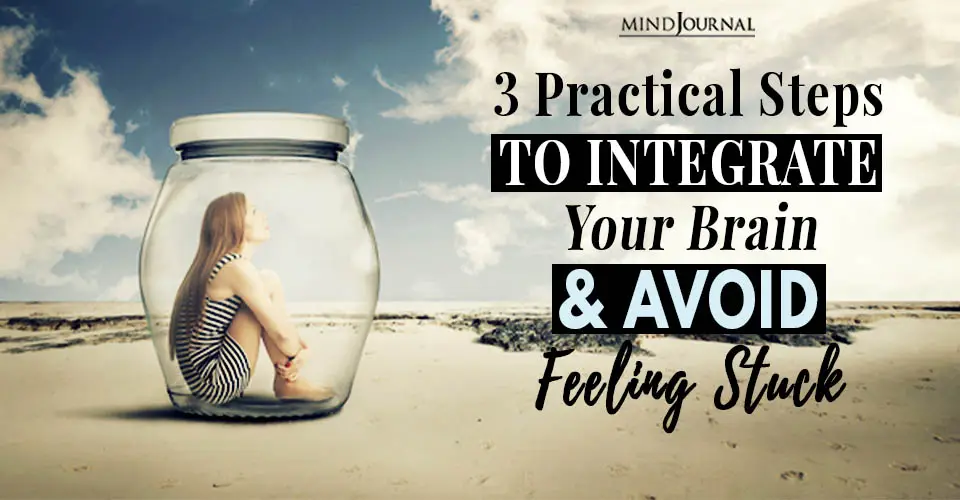

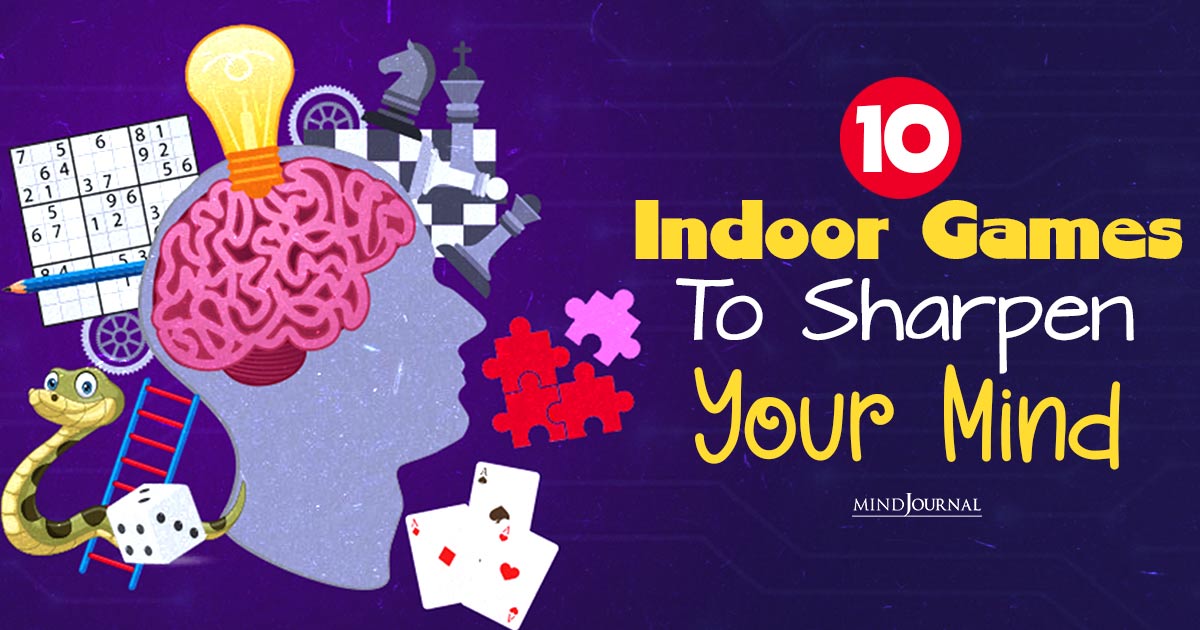
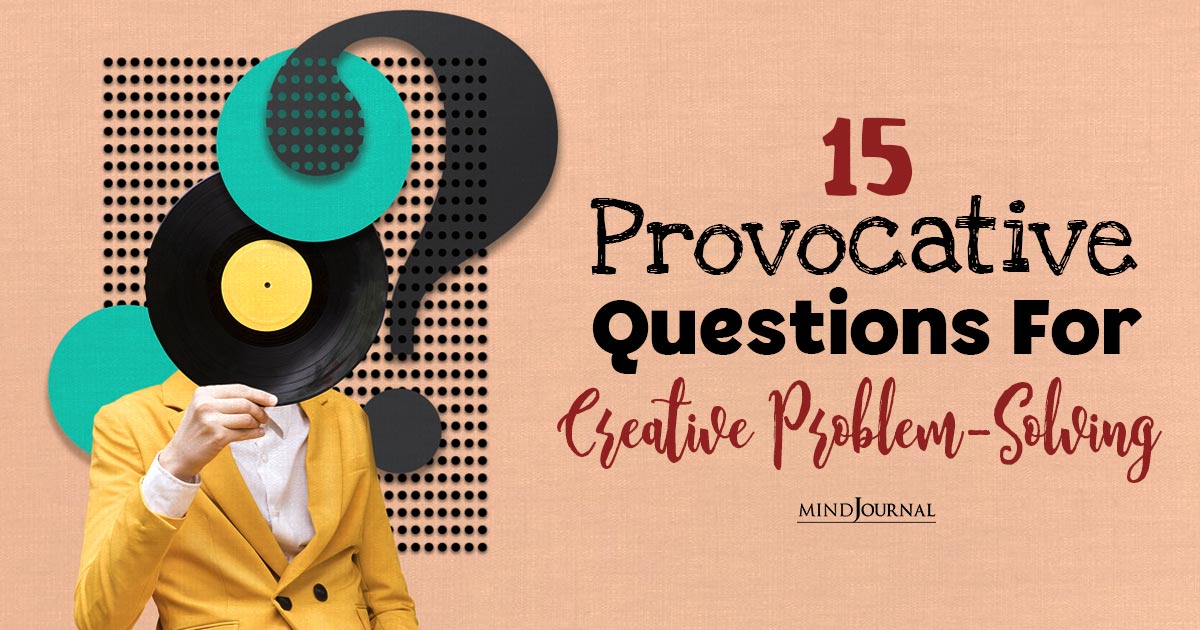
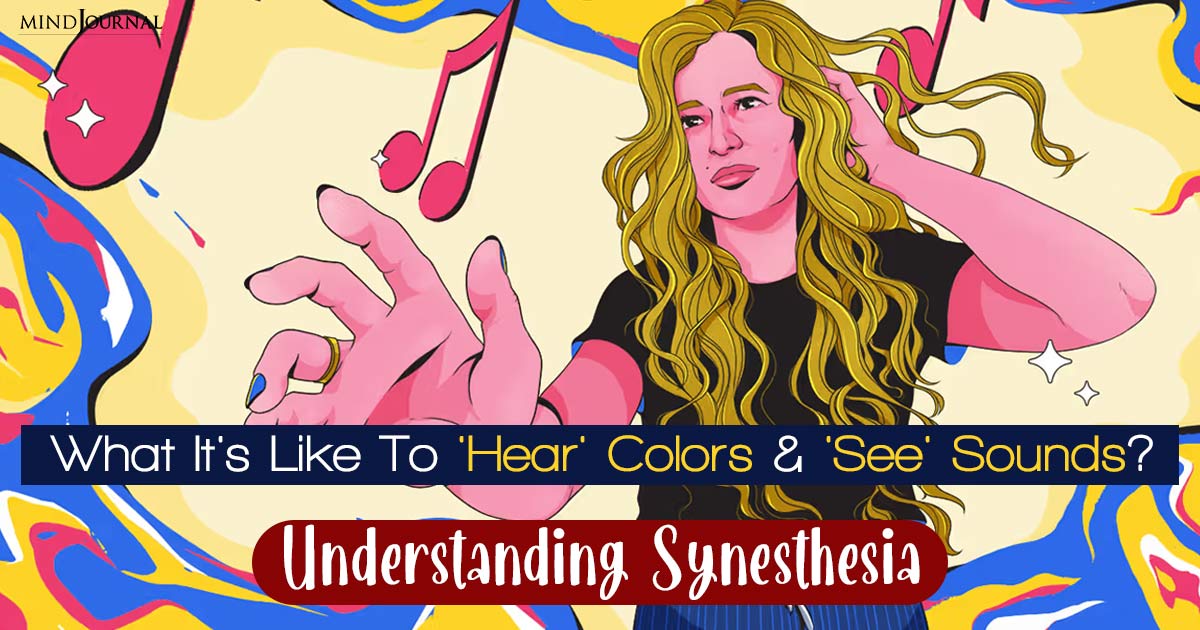

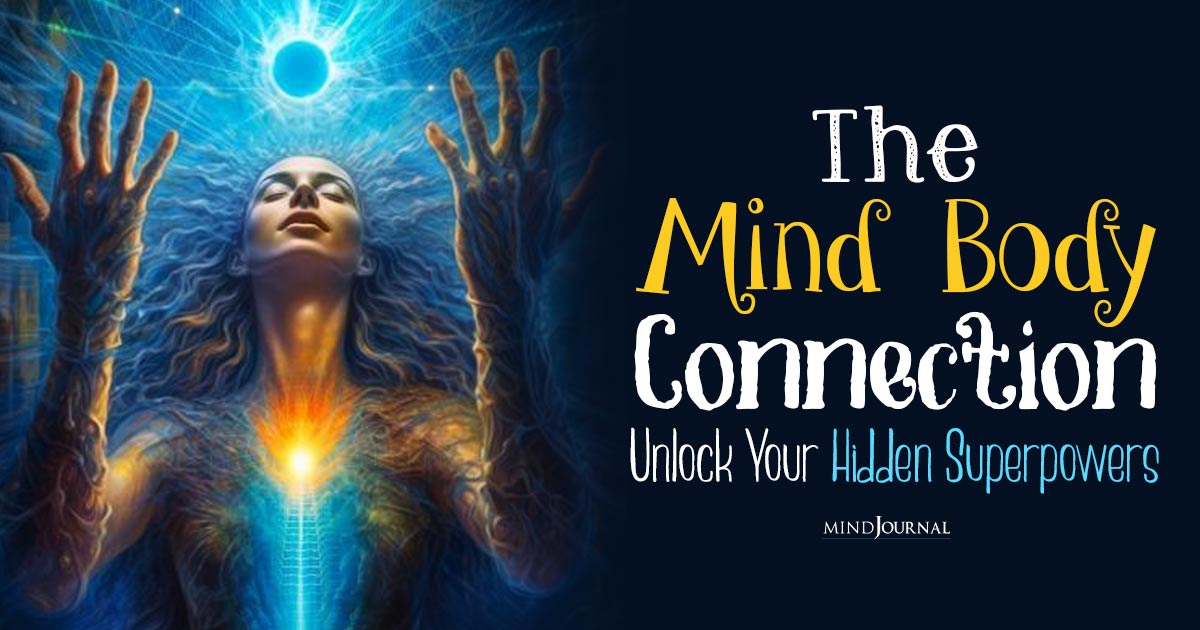
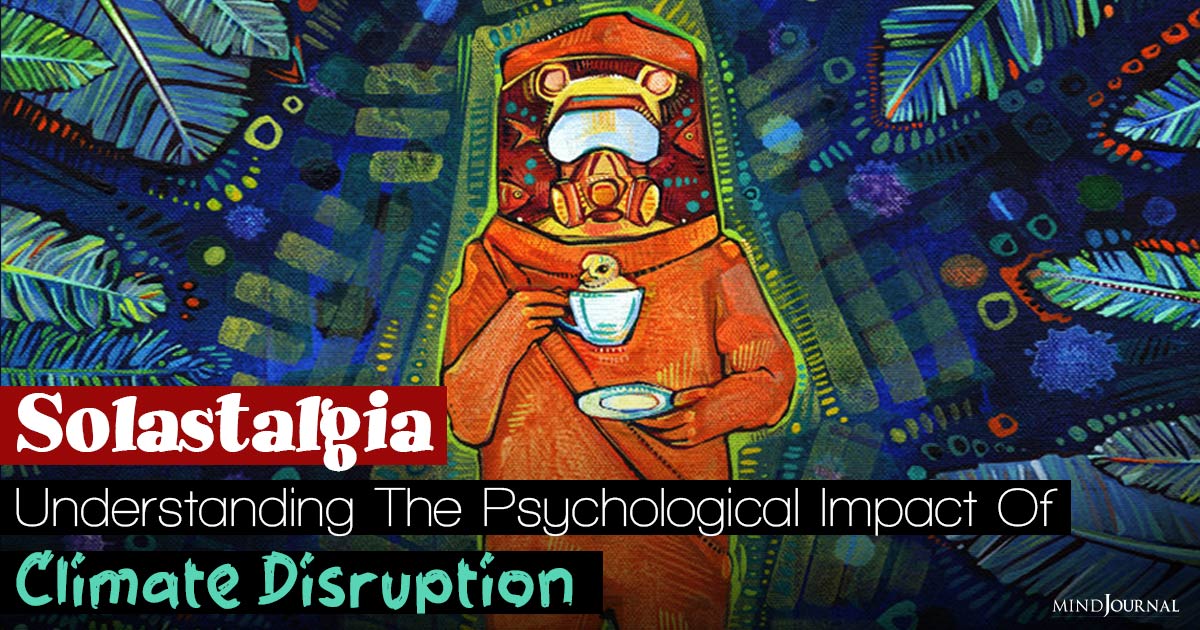
Leave a Reply
You must be logged in to post a comment.